“Everyone must believe in something. I believe I’ll go canoeing.” – Henry David Thoreau
Contents
What is canoeing?
‘Canoeing’ is a generic term used to refer to any kind of human-powered paddle boating, including kayaking and stand-up paddle boarding (for the sake of convenience, we’ll use ‘canoeing’ or ‘paddling’ throughout). It’s the earliest known method of travel on water and pre-dates sail. The kayak (‘man-boat’) was primarily used in Greenland, North America and Siberia for hunting, fishing and transportation, while canoes were widely used around the world by diverse peoples such as Native Americans, Polynesians or Maori, for whom it was also a war vessel. Canoes were traditionally made from bark or hollowed-out logs, usually open-topped and built to carry varying numbers of people. Kayaks tended to be one-person and made from animal hide stretched over a wooden frame, leaving only the cockpit open to prevent icy Arctic water from entering the boat.
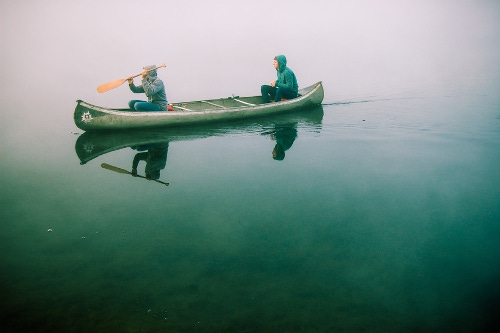
Canoeing was first introduced to the UK in the 1850s by Scottish explorer John MacGregor after a trip to North America. On his return to Britain, MacGregor designed a series of canoes similar to the ones he had seen used by native peoples and published a book which helped to make canoeing popular with the newly-emerging middle class. Today canoeing is widely enjoyed by people of all ages and abilities. You can canoe anywhere there is an authorised access point, including lakes, rivers and the sea. There are official clubs across Britain and Ireland, many of which work with community, youth or disadvantaged groups to make canoeing accessible for everyone.
There’s a huge range of activities and craft to choose from – from exhilarating white water rafting to canoe sailing, sea kayaking, and surfing to name just a few. If that all sounds too energetic, you can try more leisurely activities like stand-up paddle boarding, canoe fishing, canoe trails and touring. From braving the rapids to cruising gently down the river and watching the wildlife, there’s something for everyone.
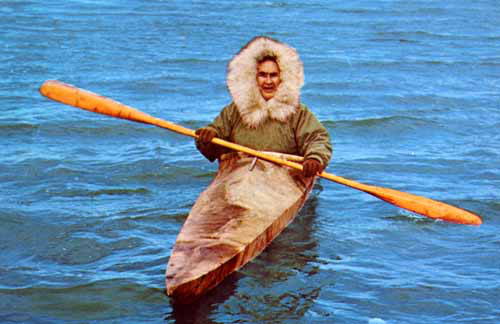
While canoes and kayaks vary widely in shape and design depending on the activity, the type of water you’re on and the size of the boat, the real difference is in the paddle: single-bladed for a canoe or paddle board, double-bladed for a kayak. There are also the different positions you have to adopt: a kayak is always paddled from a seated position with legs out in front of you, while certain forms of racing canoe require you to kneel upright. As the name suggests, stand-up paddle board is, well, paddled standing up. Both canoes and kayaks can be one- or two-person, but larger Canadian-style canoes are always paddled by two people. Commercially-available canoes and kayaks are generally made from a range of synthetic materials including plastics and synthetic fibres, making them light and durable, but with negative environmental consequences. However, natural materials are still used by some of the dedicated few still using traditional boat-building skills.
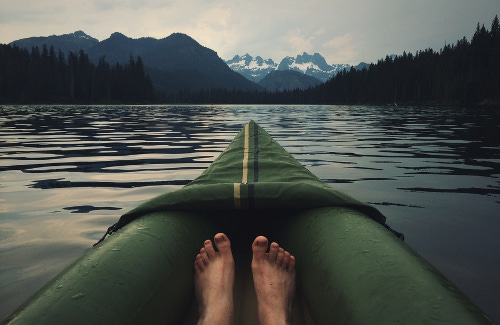
What are the benefits of canoeing?
Canoeing is a great way to travel (and transport things) on water whilst getting some exercise at a pace that suits you. With such a wide range of activities available, you can choose whatever suits your level of fitness and interests. Paddling is very good for cardiovascular health and lung capacity, as well as building muscle tone and core body strength. Regular physical activity is also known to be beneficial for mental health, and gently floating down the river spotting the wildlife is a supremely therapeutic and relaxing activity in itself. With more extreme forms of canoeing, the adrenaline rush and the feeling of having faced the challenges set by nature and survived can also be extremely life-affirming. Canoeing can also be a good way of engaging young people in physical activity who aren’t drawn to, or don’t excel at team or track sports.
Provided you follow some basic rules and respect the wildlife and places you visit, canoeing has a very low impact on the natural environment. Unlike motor boats, paddle boats use no fuel and therefore cause no pollution. There’s also no wash so they don’t contribute to river bank erosion, and they’re silent so there’s no noise pollution either. As with any outdoor activity, canoeing encourages people of all ages to learn about nature by engaging with and experiencing it first-hand. This in turn fosters respect for the environment and a heightened sense of appreciation of the natural world; and people who love nature are more inclined to value and protect it.
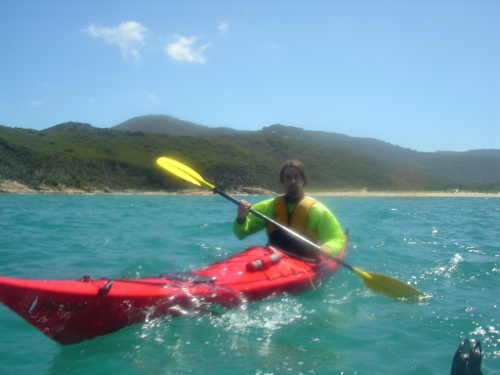
What can I do?
Getting a boat
If you want to own your own boat, second-hand ones can be had for around £100 and upwards, while a good buoyancy aid is the other main expense at about £50. It’s important to buy good quality equipment from a specialist shop or online outlet, rather than a general sports store. If you want to go one step further and build your own, and you’re handy enough, there are numerous kits and plans available, and a few course providers. Since traditional techniques such as building birch-bark or dug-out canoes use potentially dangerous tools, unless you’re already experienced you’re probably best off starting out under the guidance of a professional.
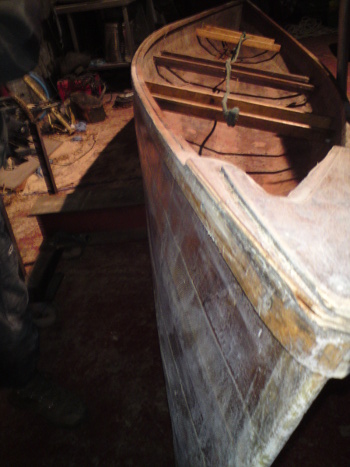
Paddling
However, if you’re completely new to canoeing, it isn’t recommended that you just jump into the water on your own for the first time. Like driving a car, you need to know the rules of the ‘road’ and there are certain skills you need to master to be able to safely manage a boat. Canoe clubs run introductory days that allow you to get a feel for canoeing. Club membership lets you try out a wide range of boats and activities, with all the necessary safety equipment provided. You’ll need to perfect a number of techniques on flat water before progressing to the more adrenaline-filled variations, and most clubs run a variety of skills courses. Clubs are generally voluntarily run and membership fees are pretty reasonable (annual rates vary, but as a rough guide between £20 to £40 for juniors; £30 to £60 or upwards for adults). British Canoeing lists recognised canoe clubs and has a searchable database of canoe trails and activities.

If paddling with a club, all you need is a pair of old shoes and some comfortable light clothes that you don’t mind getting wet. Trousers or shorts made from light or quick-drying material are better than slow-drying jeans which can make you feel cold. Layers are good for your top half, including something wind-proof, as it can be chilly out on open water. As with any outdoor activity, sunscreen and a hat are recommended; even in cloudy weather there can be a lot of reflected glare off the water. You need sufficient water and food for the time you’ll be out, and rented canoes often have a watertight container attached for you to store food or valuables such as a camera etc.
Access
A licence is required to access many waterways and this is usually covered by club membership fees, or a British Canoeing club membership gives independent paddlers access to 4,500km of waterways in England and Wales. Access to inland water is limited since many waterways border large estates or private land. Broadly speaking, all tidal waters, including tidal rivers, estuaries and the open sea carry a Public Right of Navigation (PRN), although this may be subject to restrictions and additional fees by the relevant port authority. With certain exceptions, most other waterways managed by the Canal & River Trust, the Environment Agency and the Broads Authority can be accessed by licence holders. Much of the Lake District can be paddled but a permit may be required so you need to check in advance. In Scotland all rivers and canals carry a PRN and do not require any licence. See the British Canoeing webpage for more details or contact your regional and local Waterways and Coastal Advisors.
Similarly, waterways can only be accessed at approved launch points, often via a public footpath or right of way. You should know and take care to stay within the law with regard to trespass on private land. There is currently a drive to register all historic public rights of way by 2026, as required under the Countryside and Rights of Way Act 2000. Any footpaths not registered by this deadline could be lost forever so British Canoeing is working with groups like the Ramblers and the Open Spaces Society to map and register all footpaths and access points. Volunteers are always welcome.
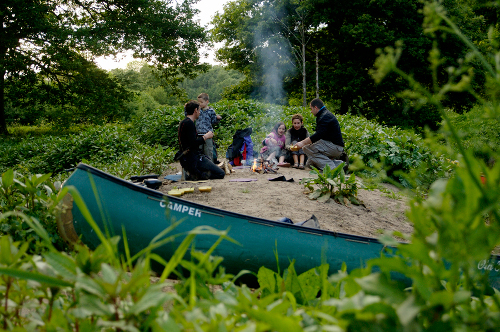
Safety
Canoeing is generally safe, but the water always needs to be treated with respect. Paddlers need to follow certain basic rules such as always paddle on the right, and be aware of potential hazards like large craft that may not be able to see you as well as you can see them. It’s essential to check tide tables when sea kayaking, and to be informed about wind, currents and the weather forecast wherever you are. Rivers in flood are highly dangerous and must never be paddled. A buoyancy aid is mandatory and you should never get in the water without first correctly adjusting and securing it. While you don’t need to be a champion swimmer to enjoy an introductory session, most canoe clubs will insist you can swim at least a short distance (i.e. to the bank) while wearing a buoyancy aid.
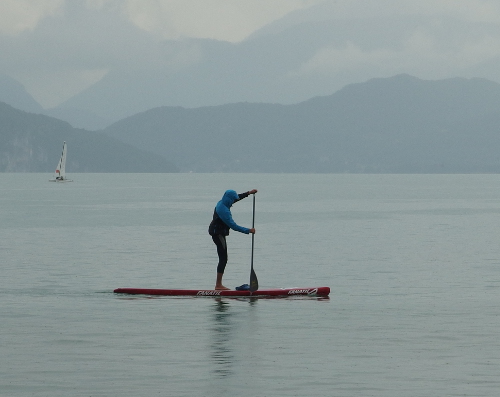
Impact
For canoeing to be truly low-impact, paddlers need to follow a few good practice guidelines and be considerate to other water users, both human and animal, including avoiding anglers and respecting the privacy of those who live along the banks. Check, clean and dry canoes & wet equipment after use to prevent the spread of invasive non-native aquatic species or diseases. It’s vital to respect the natural environment: never leave litter, always launch canoes from the water (rather than sliding down the bank), don’t drag boats over ground or beaches, avoid scraping over gravel beds in shallow water (there may be fish spawn) and stay away from spawning grounds or nesting sites at certain times of year. While it’s exciting and hugely gratifying to see animals and birds up close in their natural habitat, remember you’re a visitor in their very fragile world. Never crowd them or continue to approach if they seem distressed, never block their retreat or cause them to change their course, and be aware that some larger animals can also pose a danger to you.
Specialist(s)
Thanks to Carol Reeves of Addlestone Canoe Club for information.
The specialist(s) below will respond to queries on this topic. Please comment in the box at the bottom of the page.
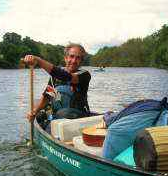
Nick Taylor is a qualified BCU coach and river leader. He runs Winding River Canoe in Devon. He specialises in guided canoeing trips on the River Dart (South Devon), the River Wye (Hereford/Welsh border), and Scotland. His passion for canoeing and kayaking began back in 1997 on the beautiful River Dart.

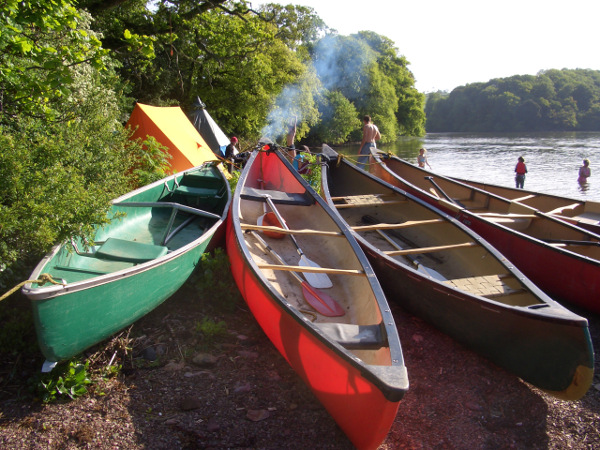
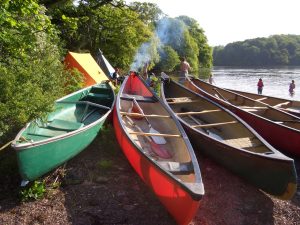
2 Comments
We came across an old sectional canoe in our yard and haven’t found out much about it. Have decided to sell it to hopefully someone keen and interested in restoring it – http://www.ebay.co.uk/itm/Lochaber-Canoe-Wooden-Sectional-one-seater-plus-paddles-Barn-Find-1930s-bbc-/202070478535?hash=item2f0c56cec7:g:pJoAAOSwtM1Z0Rfe
Some-one thought it is a Lochaber Canoe and perhaps made in Queensferry – if anyone knows anything about it we’d really appreciate any information.
Thank you for letting us know that canoeing refers to any kind of human-powered paddle boating like kayaking and paddle boarding. My kids and I will be near Delaware during their summer break, so I wanted to look at fun activities we could try out there. I’ll take note of this and consider adding river canoeing in our itinerary.